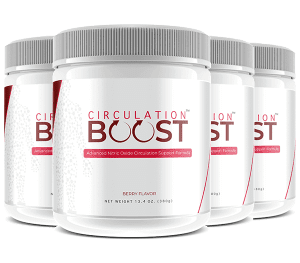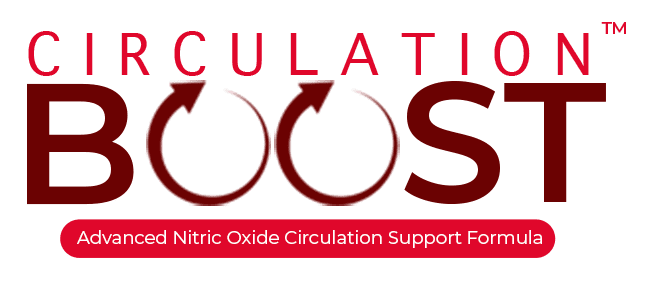We all know that being physically active is good for you, but how much cardio exercise do you need for your heart? Let’s find out.
About 1 in 5 adults and teens get the amount of exercise they need to maintain good health. For this reason, the following article provides an overview of exercise recommendation guidelines. These are based on the Physical Activity Guidelines for Americans, 2nd edition, published by the U.S. Department of Health and Human Services.
Guidelines for Adults
Adults should aim to get at least 150 minutes of moderate-intensity aerobic exercise per week (or 75 minutes of vigorous activity). Moreover, they should add moderate or high-intensity strength training on at least two days per week.
In addition to exercising more, adults need to spend less time sitting; they can also do light-intensity activities. Adults can also get more benefits from working out for longer periods of time (300 minutes/5 hours per week).
Guidelines for Kids
 All children should be physically active and participate in activities that get them moving throughout the day. For kids and teens ages 6 to 17, the goal is to get at least 60 minutes of moderate or vigorous-intensity exercise per day.
All children should be physically active and participate in activities that get them moving throughout the day. For kids and teens ages 6 to 17, the goal is to get at least 60 minutes of moderate or vigorous-intensity exercise per day.
Moreover, they should include vigorous-intensity physical activity at least 3 days per week. While activities should be mostly aerobic, they should include muscle and bone-strengthening activities at least 3 days per week.
Physical Activity and Intensity Levels
Anything that burns calories and moves your body is considered physical activity (walking, climbing stairs, etc.). By doing cardio exercise, your heart rate goes up and benefits your heart health by boosting your cardiorespiratory fitness.
Moderate-intensity activities will make your heart beat faster and you’ll breathe harder, but you should still be able to talk. For example, brisk walking, dancing, tennis (doubles), water aerobics, gardening, and biking are all types of moderate-intensity exercises.
In contrast, vigorous-intensity activities require more effort, cause you to sweat, and it will be harder to talk. For instance, running, aerobic dancing, tennis (singles), and cycling 10 miles per hour or faster are types of vigorous-intensity activities. To get the most benefits, include a combination of moderate and vigorous-intensity exercises in your workout routine.
The Outlook
 While these guidelines may seem intimidating if you’re not currently active, the truth is everyone starts somewhere. Figure out what you feel comfortable doing, start moving, and gradually increase your time and effort over time. By becoming physically active, you can lower your risk of heart disease and other conditions, sleep better, and more.
While these guidelines may seem intimidating if you’re not currently active, the truth is everyone starts somewhere. Figure out what you feel comfortable doing, start moving, and gradually increase your time and effort over time. By becoming physically active, you can lower your risk of heart disease and other conditions, sleep better, and more.
Moreover, if you want an extra boost to your heart health, you can take supplements like Circulation Boost. Its ingredients are effective at promoting circulation, blood pressure health, and overall heart health. If you’re ready to give your health the support it deserves, then start moving and take Circulation Boost.

